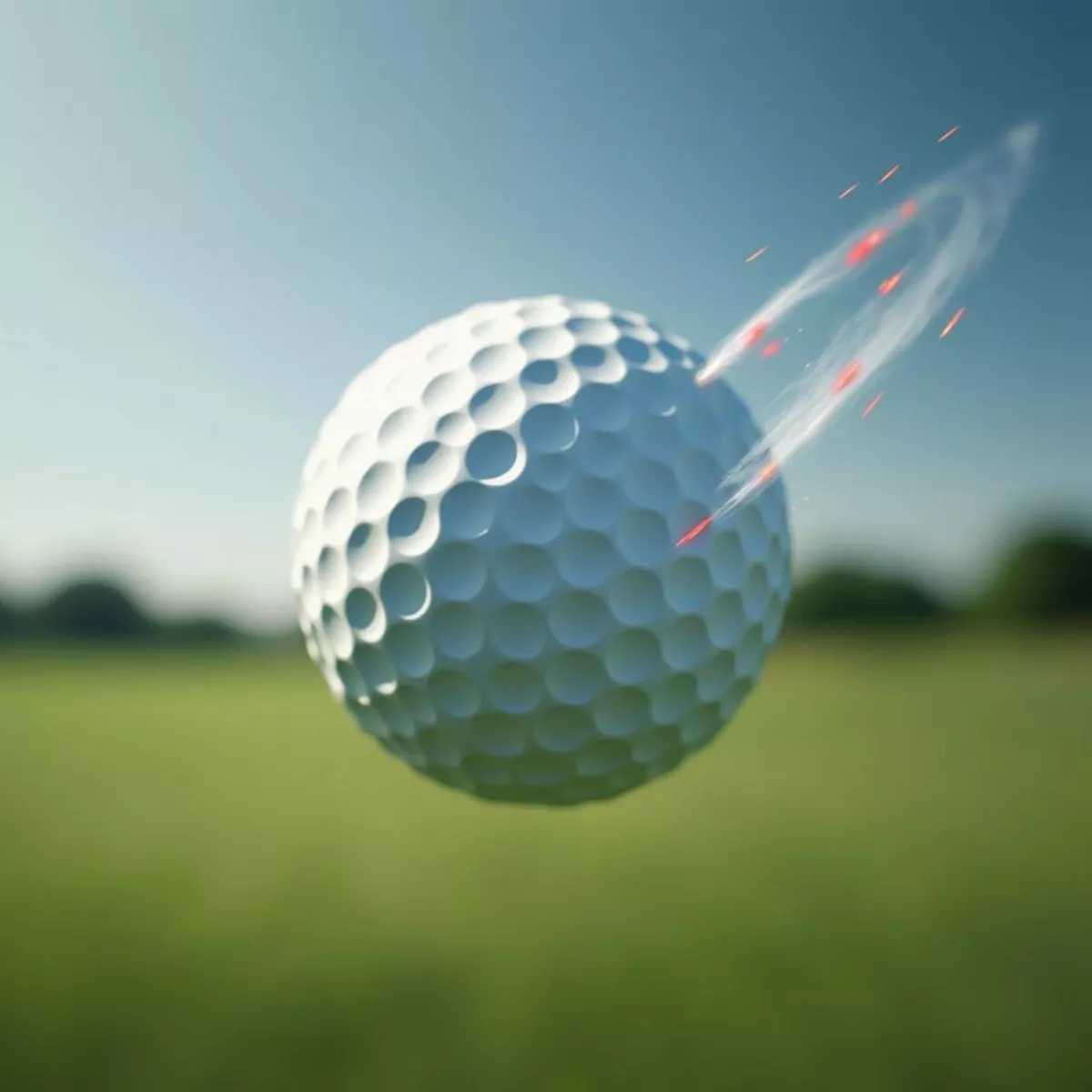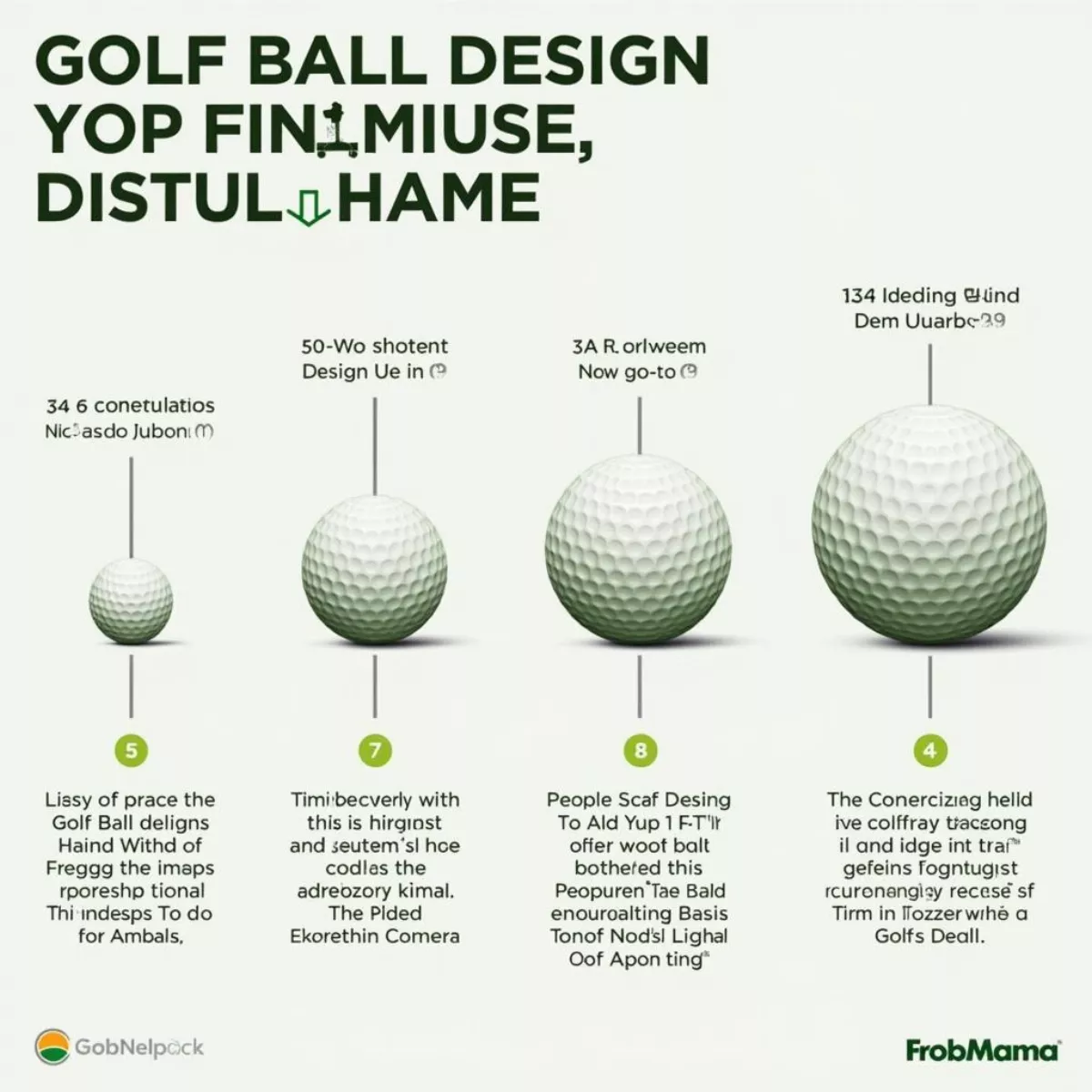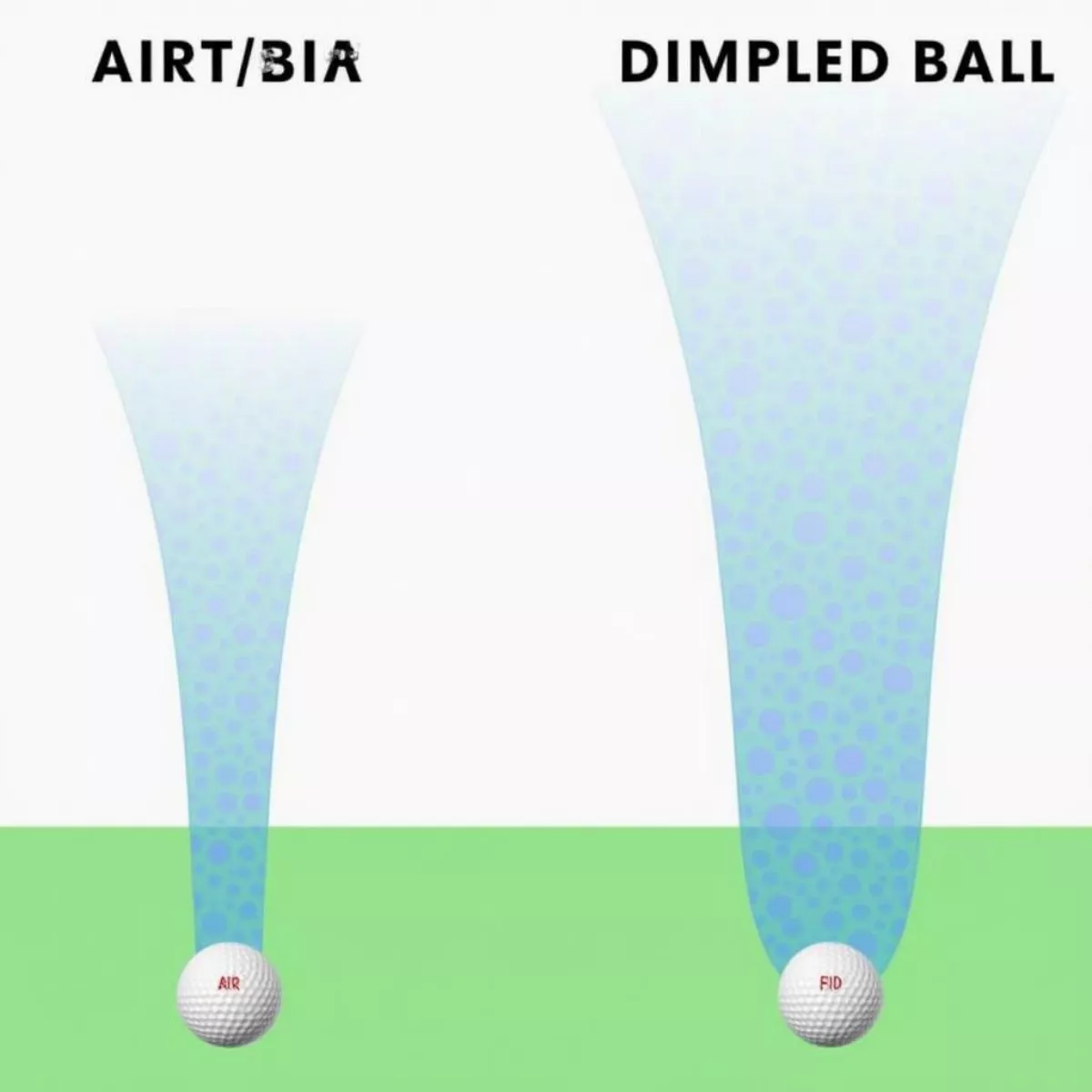If you’ve ever picked up a golf ball, you might have noticed its peculiar dimpled surface. It’s one of those unique features that make golf balls instantly recognizable. But have you ever wondered why golf balls are covered in dimples? Let’s dive into the fascinating science behind those tiny depressions and uncover how they impact gameplay.
The Purpose of Dimples on Golf Balls
At first glance, those little dimples might seem like a cosmetic feature, but they play a critical role in how golf balls perform in the air. Dimples help create mobility and stability, which leads to better distance and accuracy. Let’s break down the science at work here.
1. Drag Reduction
When a smooth ball travels through the air, it creates a significant amount of drag, which slows it down. When a dimpled golf ball is hit, the dimples create a turbulent layer of air around the ball, which:
- Reduces drag
- Increases lift
This effect allows the ball to maintain its speed for a longer duration, leading to longer drives.
Quote: “The dimples create turbulence that allows the air to flow more smoothly around the ball.”
2. Lift Generation
As the ball moves through the air, the dimples also contribute to generating lift. The way the air flows over and around the dimples can create a difference in air pressure:
- High pressure at the bottom of the ball
- Low pressure at the top
This pressure difference helps lift the ball into the air, enabling it to reach greater heights and distances.
 Golf Ball in Flight
Golf Ball in Flight
3. Spin Control
The configuration and depth of the dimples also influence how much spin a golf ball will have. Depending on your swing and the type of shot you are trying to execute:
- Shallower dimples: Allow for more roll once the ball lands.
- Deeper dimples: Provide greater spin, which is beneficial for shots requiring control around the greens.
This means that different golf balls can be engineered with specific dimple designs for various types of players and playing conditions.
How Dimples Changed Golf Forever
The introduction of dimples started in the early 20th century. Before that, golfers primarily used smooth golf balls, which had limited flight capabilities. The advent of dimpled golf balls revolutionized the game:
- Increased distances on drives
- Enhanced performative aspects for professional players
- Improved control for amateurs
The innovation of dimples has translated into more competitive and skillful play across the board.
 Evolution of Golf Balls
Evolution of Golf Balls
Dimple Design: What Makes Them Unique?
Dimple Patterns
Not all dimples are created equal. Golf balls come in various designs, with different dimple patterns that make them unique. Here’s how these designs can vary:
- Number of Dimples: Typically ranges from 250 to 500 dimples on a ball.
- Dimple Depth: More depth may enhance lift but can increase drag.
- Shape: Dimples can be circular, hexagonal, or even elongated, altering airflow characteristics.
Popular Dimple Patterns
| Brand | Dimple Count | Shape | Special Features |
|---|---|---|---|
| Titleist Pro V1 | 352 | Spherical | High spin control |
| Callaway Chrome | 332 | Hexagonal | Enhanced speed |
| Bridgestone Tour | 338 | Spherical | Self-cleaning technology |
| Srixon Z-Star | 338 | SRIII | Soft feel with great spin control |
These variations help tailor balls to the preferences and styles of different golfers, whether you’re a beginner or a seasoned pro.
The Physics Behind Dimple Action
To understand the physics further, let’s look deeper into how golf balls function in the air. Here’s a simple breakdown:
- Stagnation Point: When a ball is stationary, air flows symmetrically around it. In a smooth ball, the air detaches earlier, creating more drag.
- Turbulent Flow: Dimples cause air to cling to the ball longer, reducing the size of the wake (the area of disturbed air) trailing behind it.
Visualizing the Action
Here’s a simple graphic you can visualize:
- Smooth Ball: Greater wake and more drag.
- Dimpled Ball: Reduced wake, enhanced lift.
 Airflow Around Golf Balls
Airflow Around Golf Balls
These principles all contribute to maximizing performance during an average golf swing, making dimples crucial to the design and functionality of golf balls.
Conclusion: Embrace the Dimpled Innovation
The truth behind why golf balls are covered in dimples is firmly rooted in physics, aerodynamics, and the desire for better performance on the golf course. The unique dimple design allows players to achieve longer drives, maintain speed, and control their shots. Next time you’re on the course, take a moment to appreciate the science behind every dimple!
Key Takeaways
- Dimples Reduce Drag: They allow for a smoother airflow, leading to longer distances.
- Dimples Generate Lift: The pressure difference created allows for higher trajectories.
- Spin Control: Various dimple designs cater to different playing styles.
- Innovation in Performance: Dimples have revolutionized the game of golf since their inception.
Frequently Asked Questions (FAQ)
Q1: Why do golf balls have different dimple counts?
A1: Different dimple counts influence the ball’s lift, drag, and overall performance. Manufacturers tailor their designs for specific gameplay characteristics.
Q2: Do dimples affect how far a golf ball travels?
A2: Yes, dimples significantly enhance a golf ball’s distance by reducing drag and generating lift.
Q3: Can I feel the difference between dimpled golf balls?
A3: While the feel is subjective, many players can notice differences, especially with regard to control and distance.
Q4: Are all golf ball dimples the same?
A4: No, dimples can vary in size, shape, and pattern, affecting how the ball performs in different conditions.
Q5: How did dimples become popular?
A5: The transition from smooth to dimpled balls began in the early 1900s and quickly became popular for their distance and control advantages.
Q6: How can I choose the right golf ball based on dimples?
A6: Consider your style of play; if you prefer more spin or control, choose a ball with specific dimple designs catering to that.
Q7: Do professionals use the same dimpled balls?
A7: Professional players often use custom-designed golf balls that cater to their unique playing styles and preferences.
Q8: Can dimples wear out over time?
A8: Yes, repetitive use can cause wear on the dimples, impacting performance and reducing their effectiveness.
Q9: Do weather conditions affect how dimples work?
A9: Absolutely! Wind and humidity can influence drag and lift, which may alter how dimples perform in varying weather conditions.
Feel free to explore more about golf technology and techniques to fully appreciate what a dimpled golf ball can do for your game!